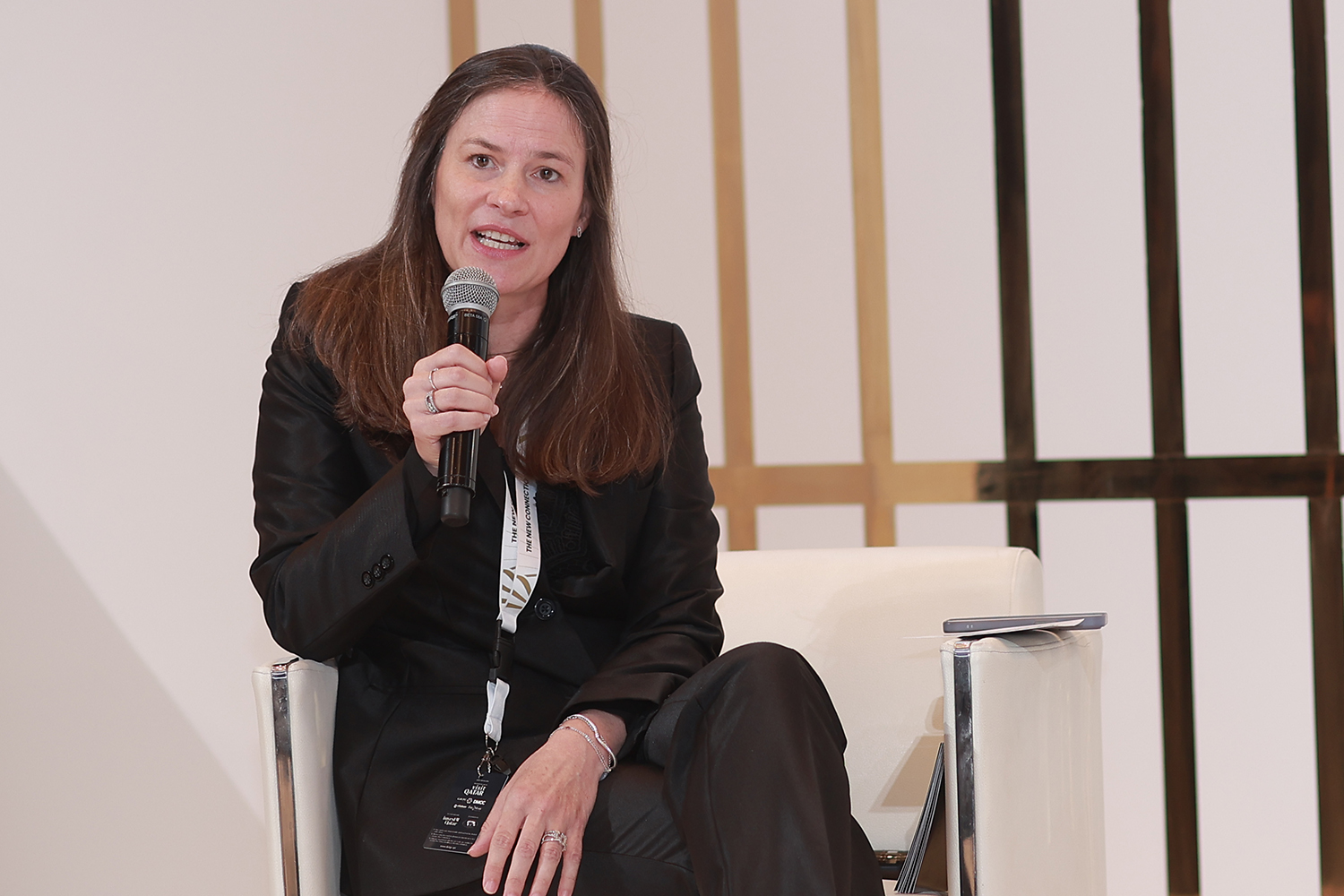
Doha International Diamond & Gem: Stuart: “trasparenza e tracciabilità, la rivoluzione digitale nel mondo dei diamanti”

Speciale Doha International Diamond & Gem
1. Doha International Diamond & Gem Conference, il Qatar si candida a interlocutore nell’Industry dei diamanti
2. Doha International Diamond & Gem. Müller: “chi non si evolve rischia di scomparire e il momento per decidere è ora”
3. Doha International Diamond & Gem. Sikri: “Oltre i diamanti. Le gemme colorate stanno riconquistando il lusso”
4. Doha International Diamond & Gem: Stuart: “Trasparenza e tracciabilità, la rivoluzione digitale nel mondo dei diamanti”
5. Doha International Diamond & Gem. Makupula: “Il nostro futuro non può essere affidato solo a De Beers”
Nel mercato dei diamanti, la trasparenza non è più un optional, ma un valore essenziale. “I consumatori vogliono più di un oggetto raffinato: cercano storie, provenienza e un impatto positivo”, sottolinea Stuart. Questo vale soprattutto per i diamanti, dove l’origine certificata influisce direttamente sulla percezione del valore. Dimostrare la provenienza di una pietra non è solo una questione di fiducia, ma anche di desiderabilità: un diamante con una storia verificabile è più attraente e acquisisce un valore superiore agli occhi del cliente. La tecnologia sta rivoluzionando il settore, offrendo strumenti come blockchain, intelligenza artificiale e Digital Product Passports (DPPs) per garantire una tracciabilità sempre più accurata. I DPPs, in particolare, stanno emergendo come un mezzo per raccogliere e strutturare le informazioni chiave su un gioiello, aiutando i consumatori a comprendere meglio la provenienza e le caratteristiche del prodotto. “La tecnologia è un abilitatore, ma serve un impegno umano per rendere i dati accessibili e comprensibili”, spiega Stuart.

Durante il panel “The Tech Advantage in Diamond and Gemstone Supply Chain”, Margot Stuart ha infatti discusso l’importanza di un modello di tracciabilità integrato. La filiera del lusso è complessa e coinvolge molti attori, per questo una singola soluzione non è sufficiente. “Abbiamo bisogno di un ecosistema collaborativo in cui diverse tecnologie, ognuna adattata a specifiche esigenze, e ogni attore della filiera possano connettersi per offrire un quadro completo e affidabile”.
In un settore tradizionalmente esclusivo e inaccessibile, la trasparenza sta diventando il nuovo status symbol. “Il lusso non è solo desiderio, ma anche consapevolezza: sapere che un gioiello è stato prodotto in modo etico e sostenibile aumenta il suo valore emotivo”, afferma Stuart. Quando un cliente può dire: ‘Questo anello ha contribuito a riforestare un’area, ha sostenuto condizioni di lavoro eque e so esattamente da dove proviene ogni materiale’, il significato e il legame emotivo dell’acquisto cambia completamente.
Margot Stuart vede un’industria in costante trasformazione, in cui la tracciabilità diventerà una norma consolidata. “La tecnologia sta facendo passi da gigante, ma la vera rivoluzione avverrà quando la trasparenza sarà parte integrante dell’esperienza di acquisto, trasformandola da semplice garanzia di autenticità a un vero motore di desiderabilità e catalizzatore di nuove esperienze immersive”.
Transparency and Traceability: The Digital Revolution in the Diamond Industry
In the diamond market, transparency is no longer optional – it has become an essential value. “Consumers want more than just a refined object; they seek stories, provenance, and a positive impact,” says Stuart. This is particularly true for diamonds, where certified origin directly influences perceived value. Proving a stone’s provenance is not just a matter of trust but also desirability: a diamond with a verifiable history is more attractive and holds greater value in the eyes of the buyer. Technology is revolutionizing the industry, offering tools such as blockchain, artificial intelligence, and Digital Product Passports (DPPs) to ensure increasingly accurate traceability. DPPs, in particular, are emerging as a way to collect and structure key information about a piece of jewelry, helping consumers better understand the provenance and characteristics of the product. “Technology is an enabler, but human engagement is needed to make data accessible and understandable,” explains Stuart.
During the panel “The Tech Advantage in Diamond and Gemstone Supply Chain,” Margot Stuart discussed the importance of an integrated traceability model. The luxury supply chain is complex and involves multiple players, meaning that no single solution is sufficient. “We need a collaborative ecosystem where different technologies, each adapted to specific circumstances, and every actor in the supply chain can connect to provide a complete and reliable picture.”
In a traditionally exclusive and inaccessible sector, transparency is becoming the new status symbol. “Luxury is not just about desire, but also about awareness: knowing that a piece of jewelry has been produced ethically and sustainably increases its emotional value,” Stuart states. When a customer can say, ‘This ring has contributed to reforestation, supported fair working conditions, and I know exactly where each material comes from,’ the meaning and emotional attachment to the the purchase changes entirely.
Margot Stuart envisions an industry in constant transformation, where traceability will become an established standard. “Technology is advancing rapidly, but the real revolution will happen when transparency is seamlessly integrated into the purchasing experience, transforming it from a mere guarantee of authenticity into a true driver of desirability and enabler of new, immersive experiences.”




POST COMMENT
Devi essere connesso per inviare un commento.